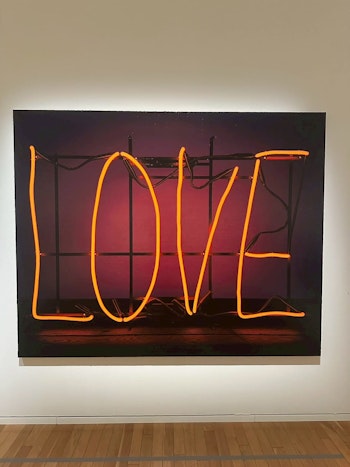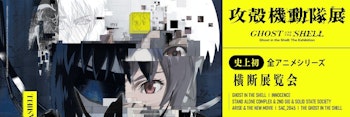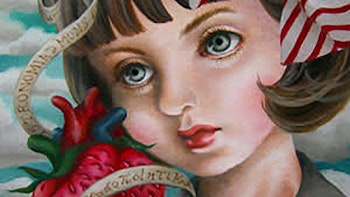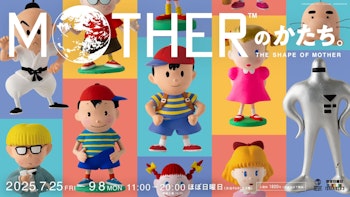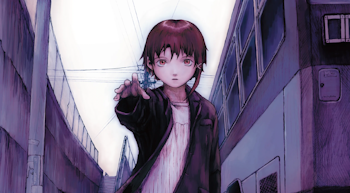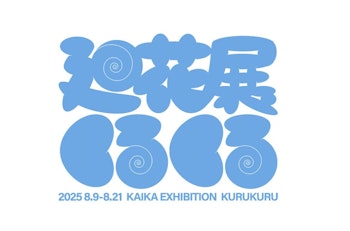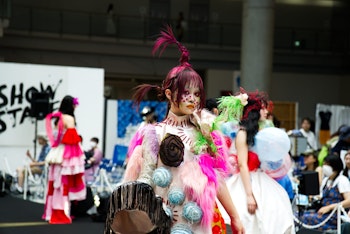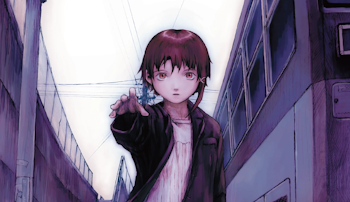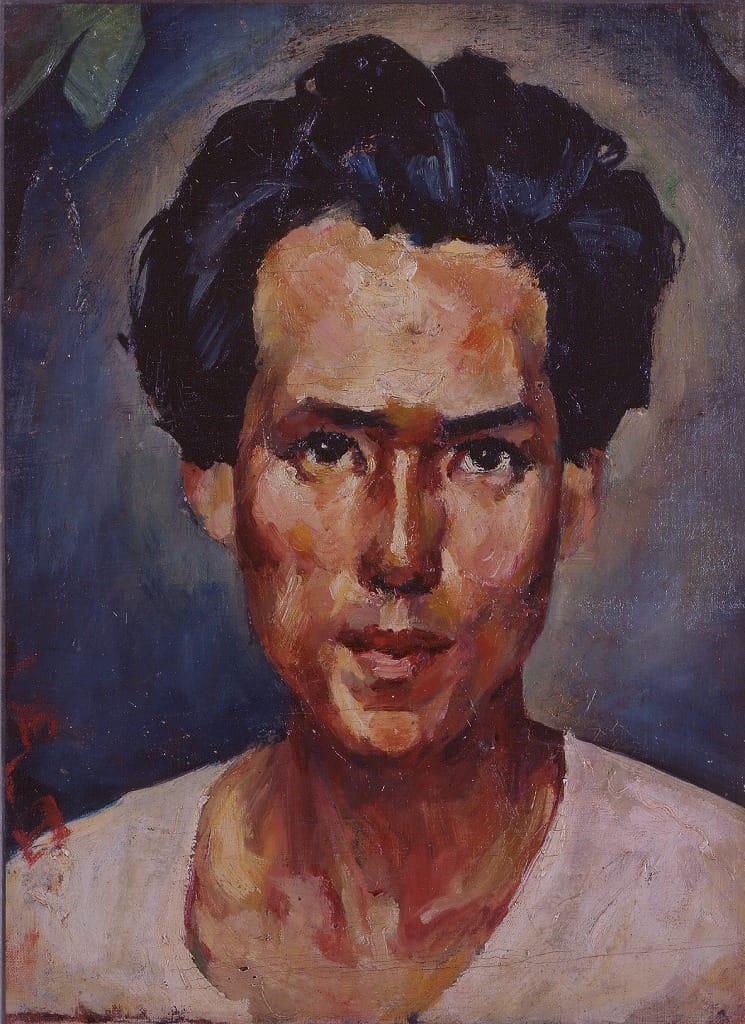
The tortured artist consumed by madness, illness, and fueled by a singular vision is a familiar trope. While the reality was more nuanced, Vincent Van Gogh, who died by suicide penniless and in obscurity at age 38, is perhaps the most recognizable artist associated with this idea. But eight years after his untimely demise, another artist, just as consumed and equally doomed, was born in Osaka, Japan: Yuzo Saeki.
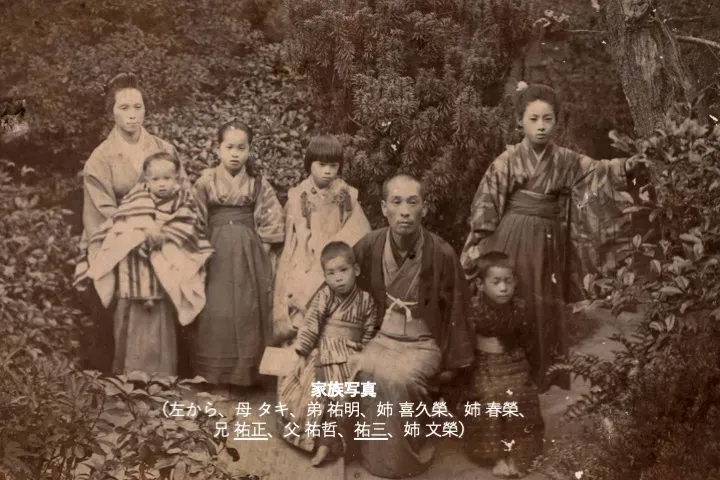
Early Life and Artistic Awakening
Yuzo Saeki (佐伯 祐三) was born in April 1898 in Nakatsu Village, Osaka Prefecture (present-day Kita Ward, Osaka City), to a devout Buddhist family at Kōtokuji Temple. He was the second son among seven siblings and was known by the name Hidemaru in his early years.
Like his father and older brother, it was assumed that young Yuzo would one day take over the family business and become a monk. Unfortunately, Yuzo had little interest in devoting his life to religion. Japan's isolation period ended just 30 years before his birth. Japan was rapidly changing, with ever-increasing Western influence on art, music, culture, and ideas. Despite being a traditional family, the Saeki family embraced this new Westernization. Young Yuzo was exposed to Western art and music by his older brother.
After seeing the works of early Western-style Japanese painter Seiki Kuroda, Yuzo also began to try his hand at art. In 1912, he entered Osaka Prefectural Kitano Middle School. During this time, Saeki discovered his passion for oil painting and began attending a private Western-style painting school led by famed painter Rinsaku Akamatsu. His hobby soon became an obsession with his fellow students dubbing him "the painting monk".
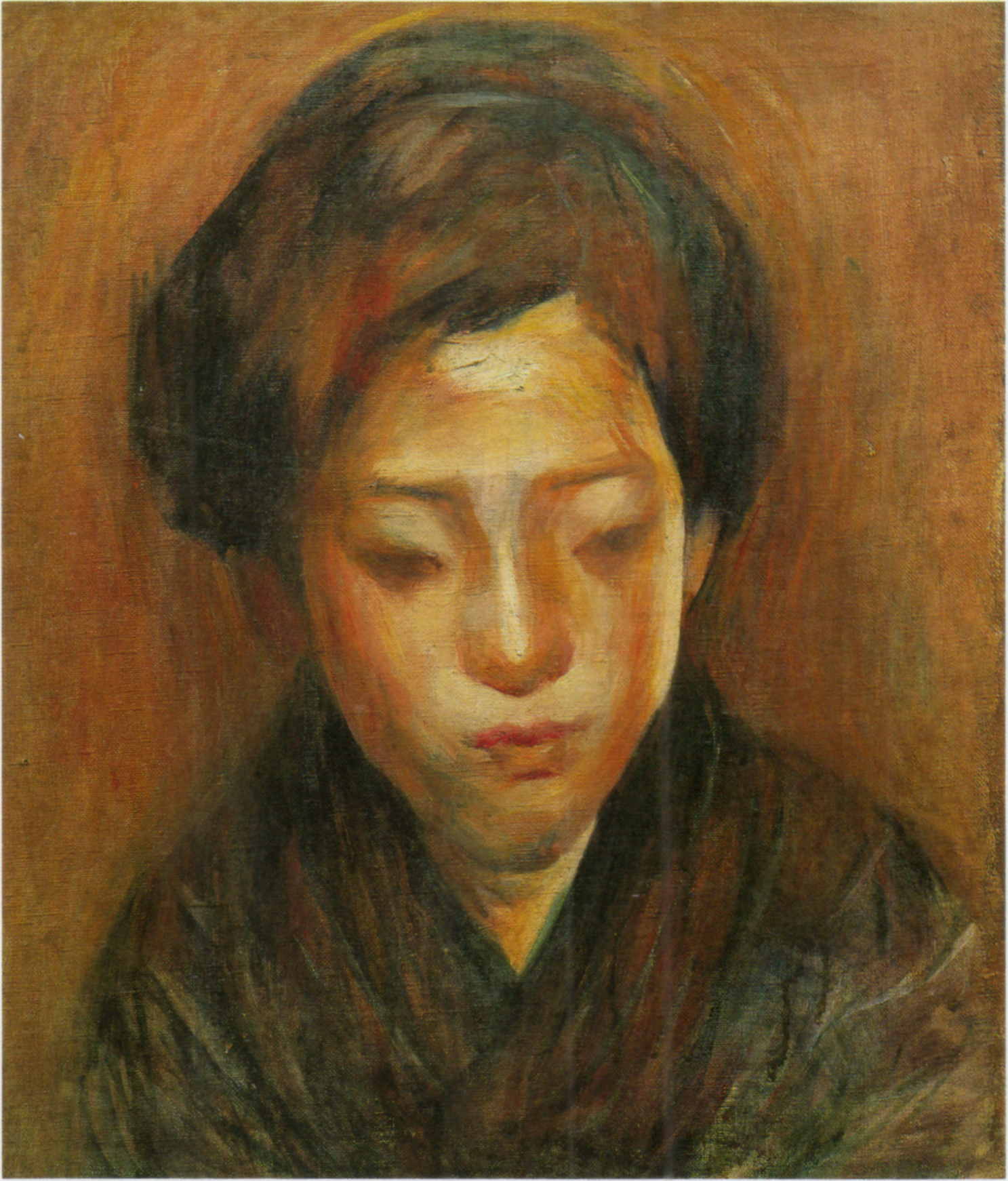
Education and Marriage
After graduating in 1917, he moved to Tokyo to further his artistic education, studying at the Kawabata Painting School. In 1918, Saeki was admitted to the Western Painting Department of the Tokyo Fine Arts School (present-day Tokyo University of the Arts).
In his first few years, he excelled and received top marks in oil painting and drawing. But his idyllic school life would soon come to a tragic halt in 1920 when his cousin, father, and younger brother quickly passed away in succession. He also showed the first signs of tuberculosis, the illness that would plague him for the rest of his short life.
That same year, he married Yoneko Ikeda, the daughter of an ivory art dealer. In 1921, the couple settled into a new home with a studio in Shimo-Ochiai, Tokyo (present-day Naka-Ochiai, Shinjuku Ward). Their daughter, Yachiko, was born in 1922. During this period, Saeki came into contact with prominent figures in the Tokyo art scene, including the painter Tsune Nakamura, who introduced him to the works of many Western painters, but he struggled in his studies as he dealt with ill health, familial responsibilities, and grief.
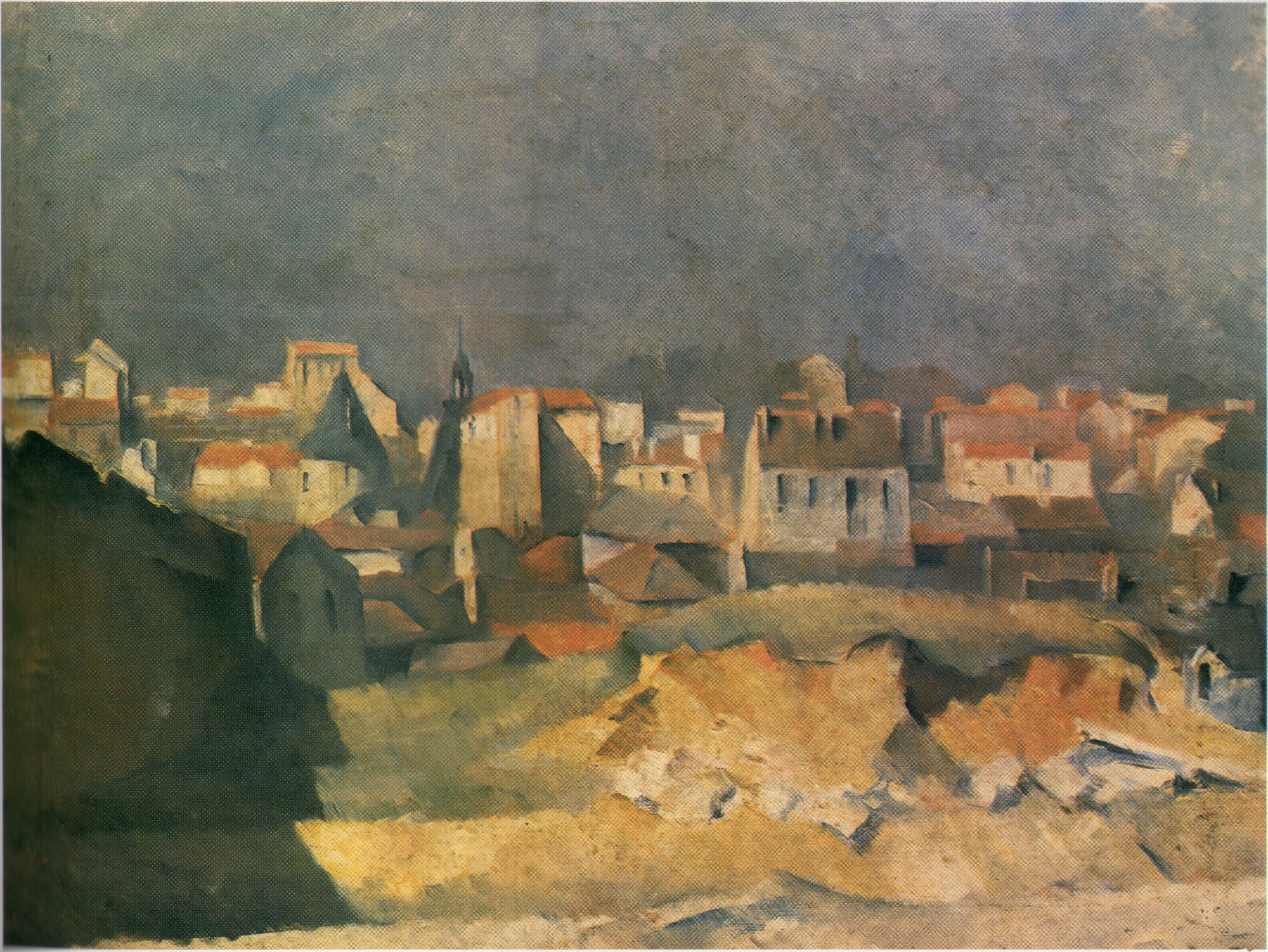
First Stay in Paris (1923–1926)
In early 1923, Saeki graduated from Tokyo Fine Arts School. Other artists encouraged him to pursue further education in Paris. At the time, Paris was the hub of Western art, and many Japanese artists traveled there to immerse themselves in the newest techniques and styles. Yuzo was himself greatly influenced by Impressionism, which is visible in his university works. While eager to go, Yuzo and his family faced delays when the Great Kanto Earthquake and subsequent fires destroyed large parts of Tokyo.
Finally, in November 1923, he set sail for Paris with Yoneko and Yachiko aboard the Katori Maru. They arrived in early 1924 and settled near Montparnasse. Much like Theo Van Gogh, Yuzo's older brother Yusho, now the head monk of Kotokuji Temple, financially and emotionally supported his brother's artistic endeavors. His support allowed Yuzo to take his family with him to Paris, and for them to live in comfort.
Once in France, he was drawn to the works of Van Gogh, who was heavily influenced by Japanese Ukiyo-e, and especially admired his expressiveness. Yuzo painted the graves of Van Gogh and his brother, and visited the home of Van Gogh's doctor, where a large number of his works were on display. In Montparnasse, he immersed himself in the art world, visiting galleries and salons. He wandered the streets of Paris with his sketchbook, constantly painting and absorbing new influences.
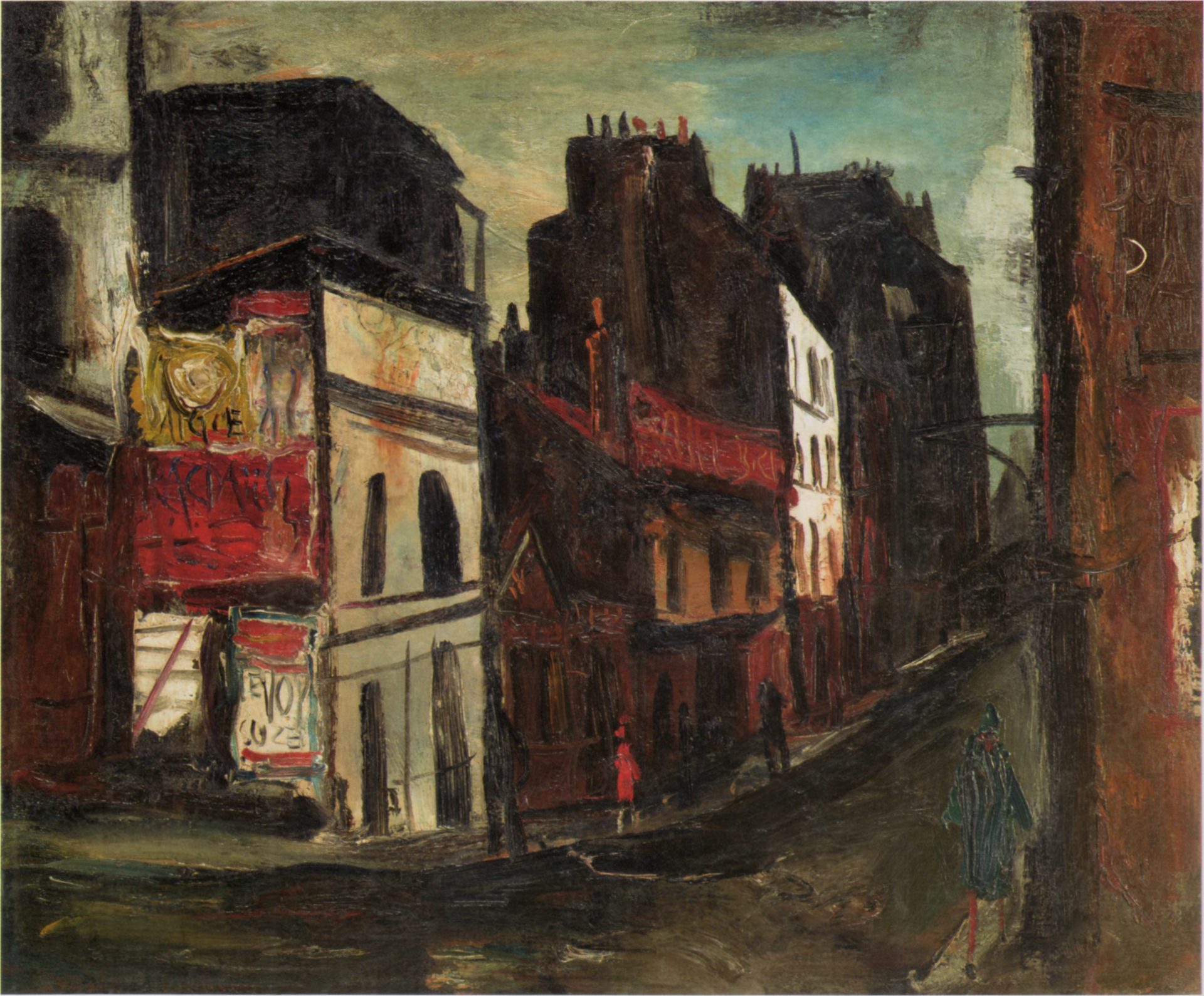
His own style
Saeki enrolled at the Académie de la Grande Chaumière, but found the instruction stifling. A pivotal moment came when, on June 30, 1924, he visited acclaimed Fauvist Maurice de Vlaminck and showed him his work “Nude,” which he had painted after arriving in France. Vlaminck exclaimed, “How academic!”. This critique deeply affected Yuzo; he abandoned formal instruction and focused intensely on developing a more personal style.
Living in Montparnasse, Saeki was struck by the colorful chaos of the city—the rhythm of the trams, the bustle of cafés, the expressive faces of people in the streets. His palette changed. Bright, vibrant colors began to appear in his work. He switched his focus from self-portraits to urban landscapes.
He and his family moved from Clamart, a Paris suburb, to the heart of the city, where Saeki’s immersion in the atmosphere gave rise to works that portrayed the gritty, working-class neighborhoods of Paris. Informed by the works of Utrillo and Modigliani, combined with the line work of Japanese calligraphy and woodblock prints, Saeki created a style distinctly his own. Vlaminck later praised his use of color despite finding his sense of material form lacking.
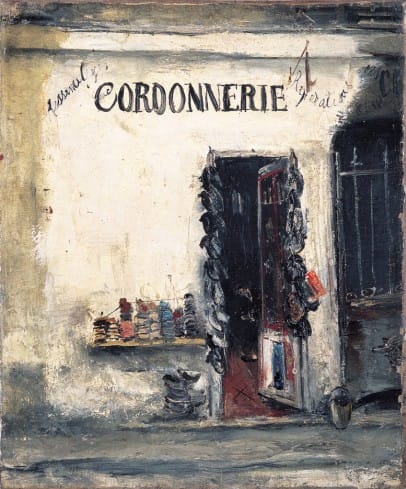
Physical Decline
While Yuzo was finding his artistic footing, his health began to decline. He developed full-blown tuberculosis, and on November 3, he was admitted to a Paris sanatorium. Upon recovering, he returned to his studio, but his physical condition never fully improved.
Despite his illness, Saeki remained productive. His “Cordonnerie” (Shoe Store) was accepted by the Salon d'Automne in September, a prestigious Paris art exhibition. Critics took note of his raw, emotional style.
In 1925, his brother Yumasa visited from Japan and, concerned for Saeki’s declining health, urged him to return home. Saeki reluctantly left Paris in early 1926, traveling through Italy before returning to Japan.
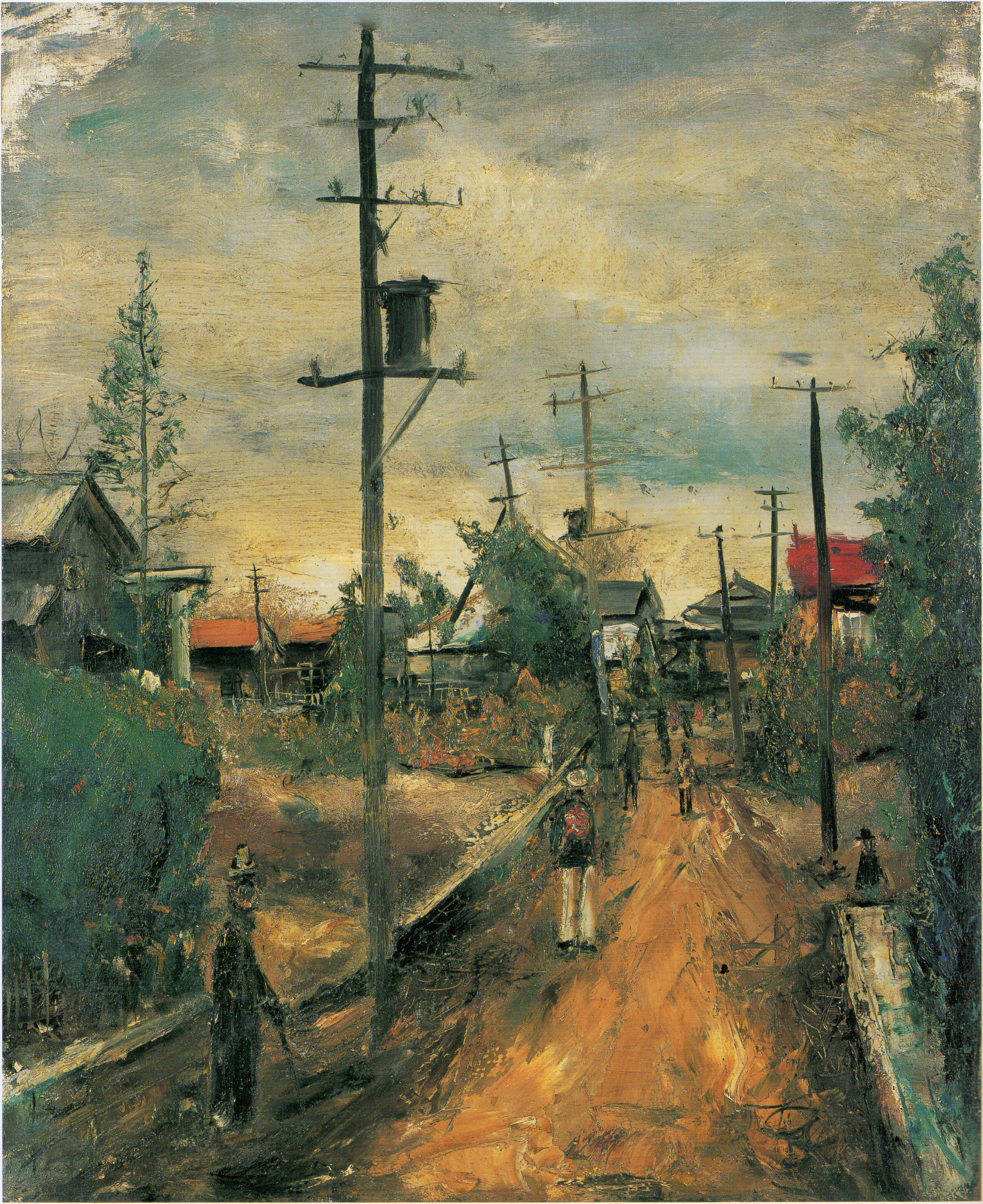
Return to Japan
Back in Tokyo, Saeki resumed work at his Shimo-Ochiai studio. In May 1926, he co-founded the influential “1930 Association” with artists Katsuzo Satomi, Zentaro Kojima, Kanji Maeta, and Takanori Kinoshita. Their first exhibition was held the same year. In September, Saeki received the Nika Prize at the 13th Nika Exhibition for a series of 19 paintings, marking a significant moment in his career. Despite the win, his paintings did not garner widespread appreciation in Japan.
During this time, he painted his Shimo-Ochiai Landscapes. These paintings highlighted his neighborhood in Tokyo with a heavy focus on strong lines depicting the power lines and poles. His other paintings of this era focused on ships coming into the harbor in Osaka. Saeki found his surroundings in Japan underwhelming and unsuitable for his artistic needs. He felt that he could only reach his full potential in France, and less than a year and a half after returning to Japan, he once again departed for Paris.
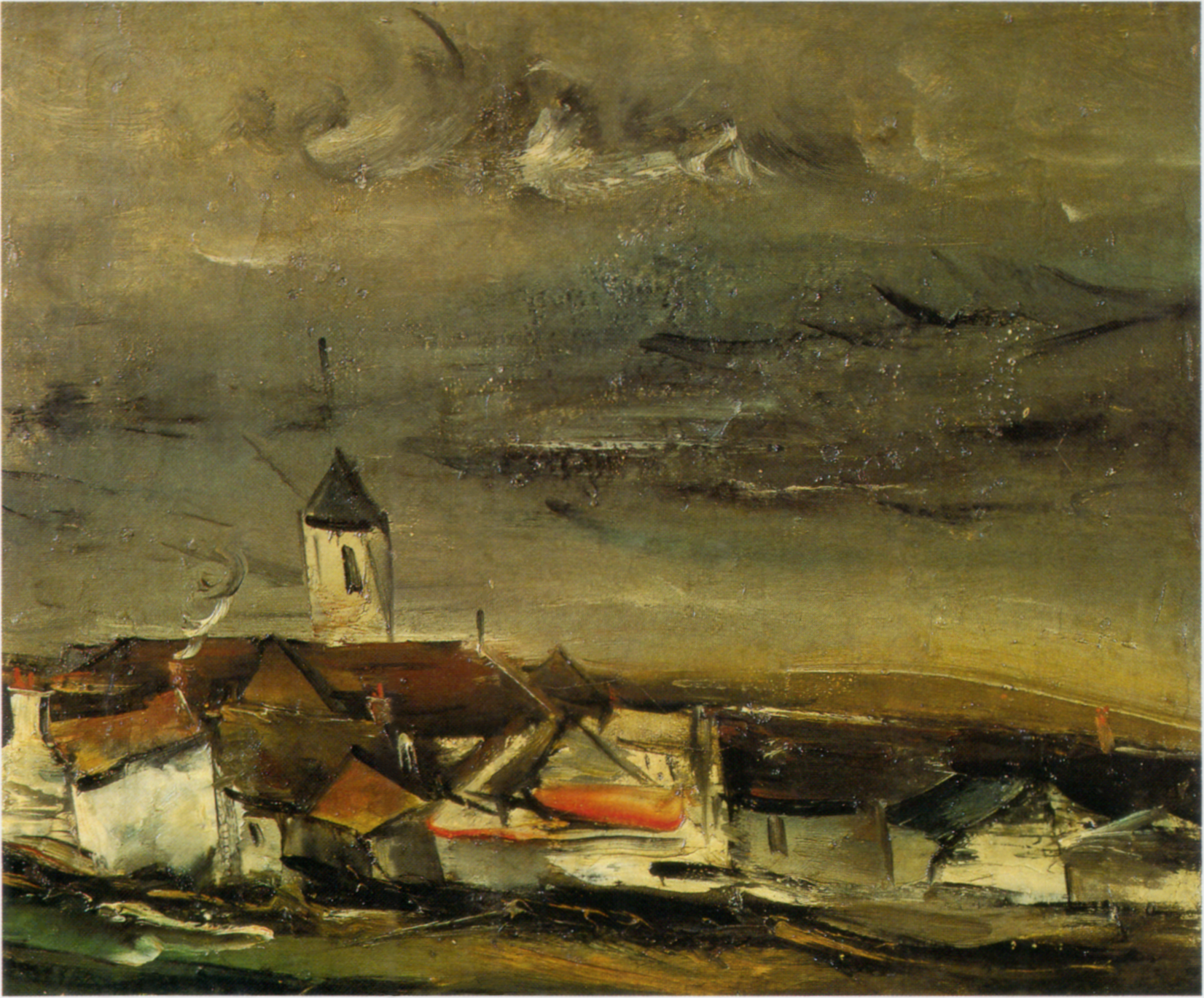
Paris once more
Saeki, his wife, and child returned to Paris by the Trans-Siberian railway. As if aware that his time was short, he set up his easel immediately and began to create at a frenzied pace. His output was astonishing, sometimes completing several paintings in a day. At this time, he experimented with his painting style, showing bold swirling lines that do not blend with the other elements of the painting. Later, unsatisfied with the look of this, he began painting strong black outlines around richly colored urban landscapes.
Even in Paris, he still struggled to find suitable subjects to paint. His manic pace outstripped his inspiration, and he soon became dissatisfied with his work. In search of inspiration, he traveled to Villiers-sur-Morin, outside Paris, in February 1928 to paint with fellow artists, including Takanori Ogisu. He painted 30 works in his month-long stay there. He often painted outdoors in freezing conditions, rapidly worsening his physical condition and aggravating his tuberculosis. His mental state also rapidly declined, as he felt unable to fully realize his artistic vision.
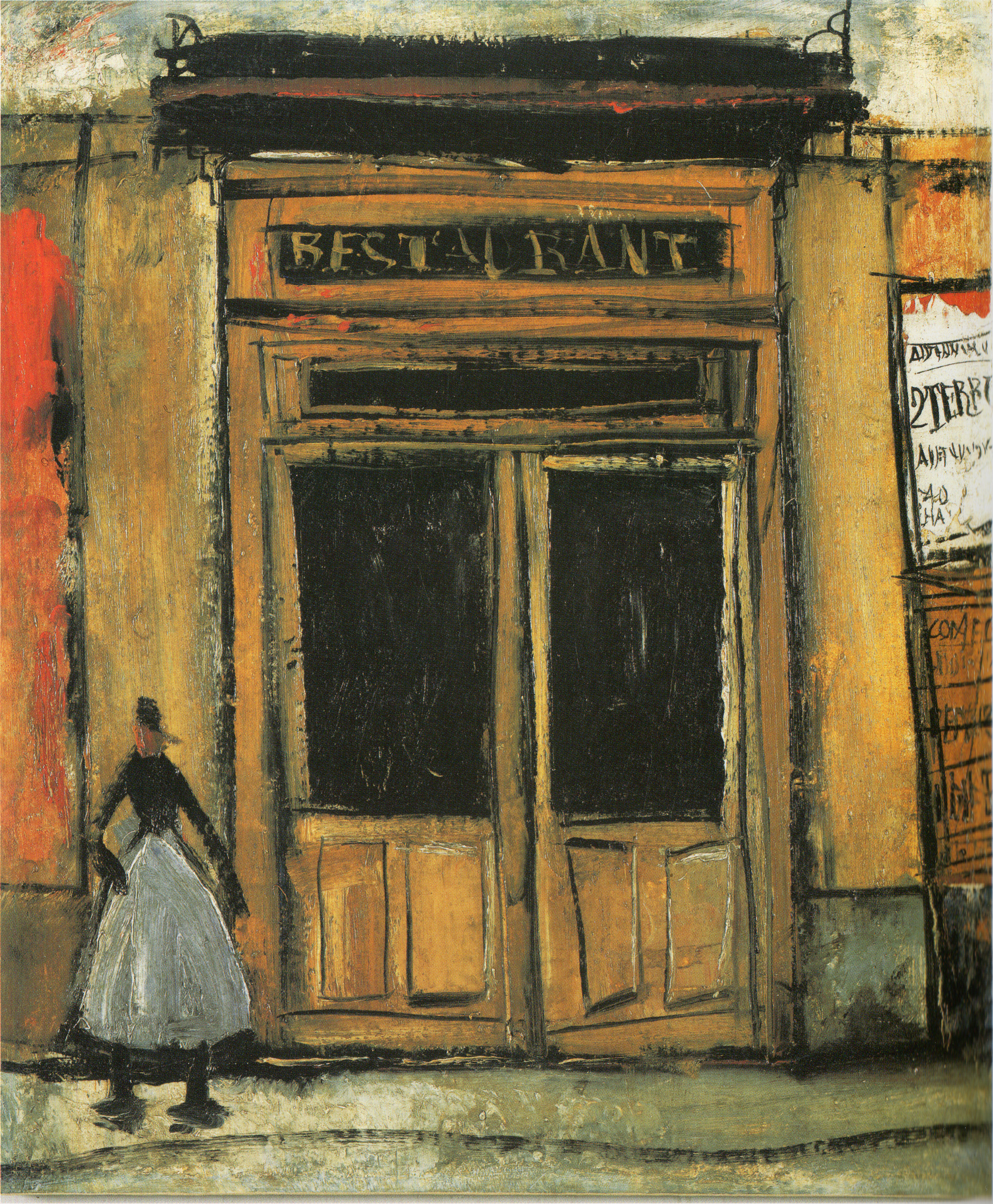
Final days
Upon his return to Paris, he continued to expose himself to the elements while painting, falling ill, and was confined to his bed. Still, his desire to paint consumed him, and he painted the portraits of those who visited the home, including his postman. Regaining a bit of his strength, he went outdoors to paint what would become his final paintings, "Yellow Restaurant" and "Door", afterwards violently coughing up blood. His body no longer able to withstand the strain of his artistic endeavors, he became too weak to paint.
In June 1928, he became disoriented and wandered away from his home in a fugue that culminated in his attempted suicide in Clamart Forest. He was institutionalized at Ville-Évrard Psychiatric Hospital. His physical health now ravaged, mentally anguished from his inability to paint, he refused all food. On August 16, he died in the hospital at the age of 30. In an unspeakable tragedy, just two weeks later, his six-year-old daughter Yachiko also died of tuberculosis. In October, after unfathomable loss, Yoneko returned to Japan alone with their remains, and they were laid to rest at the family temple in Osaka.
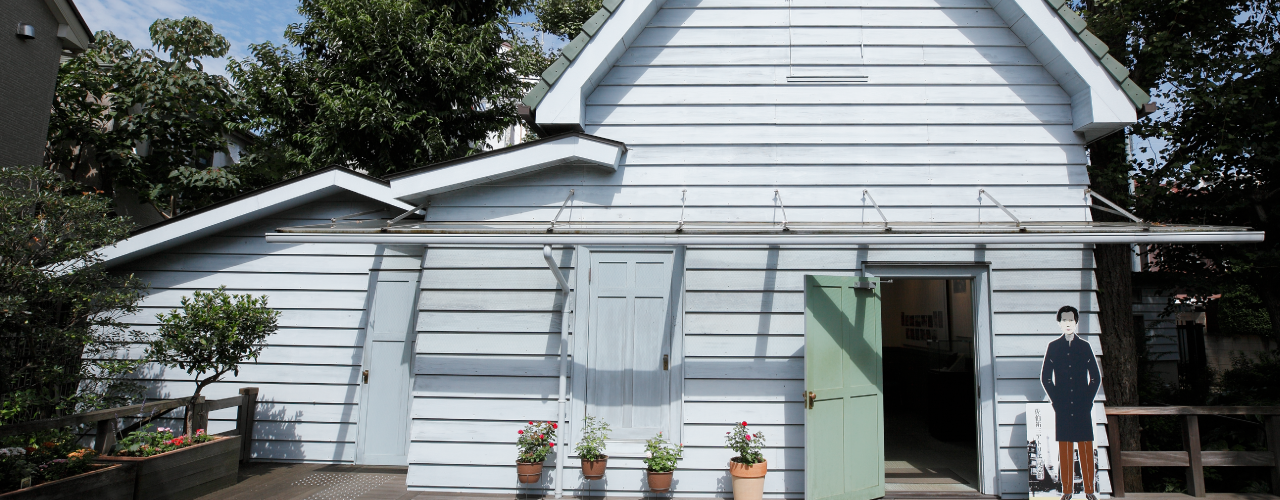
Legacy
His wife, Yoneko, returned to the home in Shimo-Ochiai, using it as her art studio as well until her death in 1972. In 1978, Shinjuku Ward opened Saeki Park on the site of his former home. In 2010, the restored Yuzo Saeki Atelier was opened to the public as the “Yuzo Saeki Atelier Memorial Museum.”
Though his career lasted barely a decade and he was never a celebrated artist in his lifetime, Yuzo Saeki’s work left an indelible impact. A memorial exhibition was held in 1929 by the "1930 Association" showcasing 89 of his works, followed by an exhibition in Osaka later that year. Over the years, his reputation has grown, and he is now seen as a tragic hero of the early years of Japanese artists abroad. Torn between the comfort of home and artistic inspiration abroad, Yuzo Saeki chose to give his life to art.
